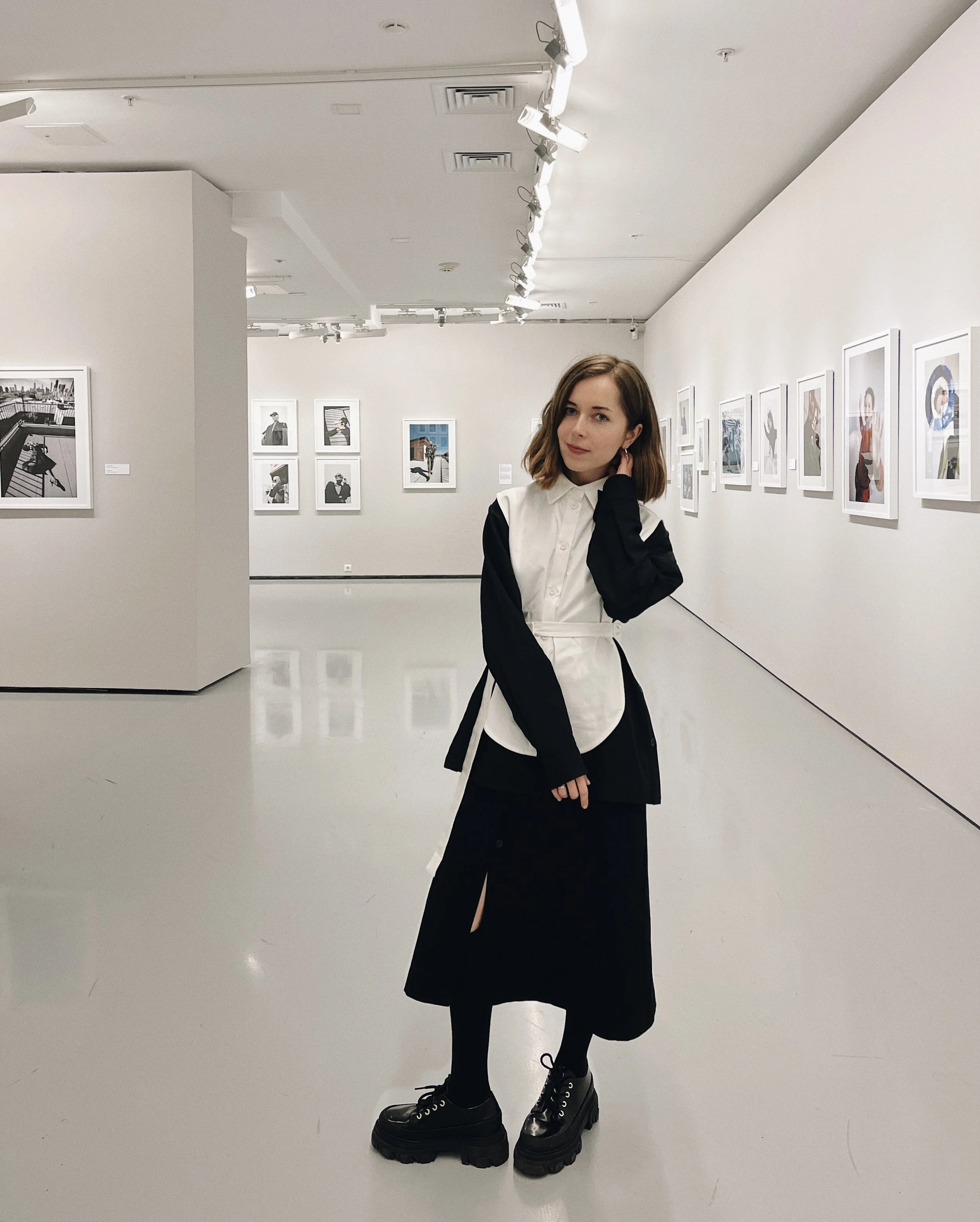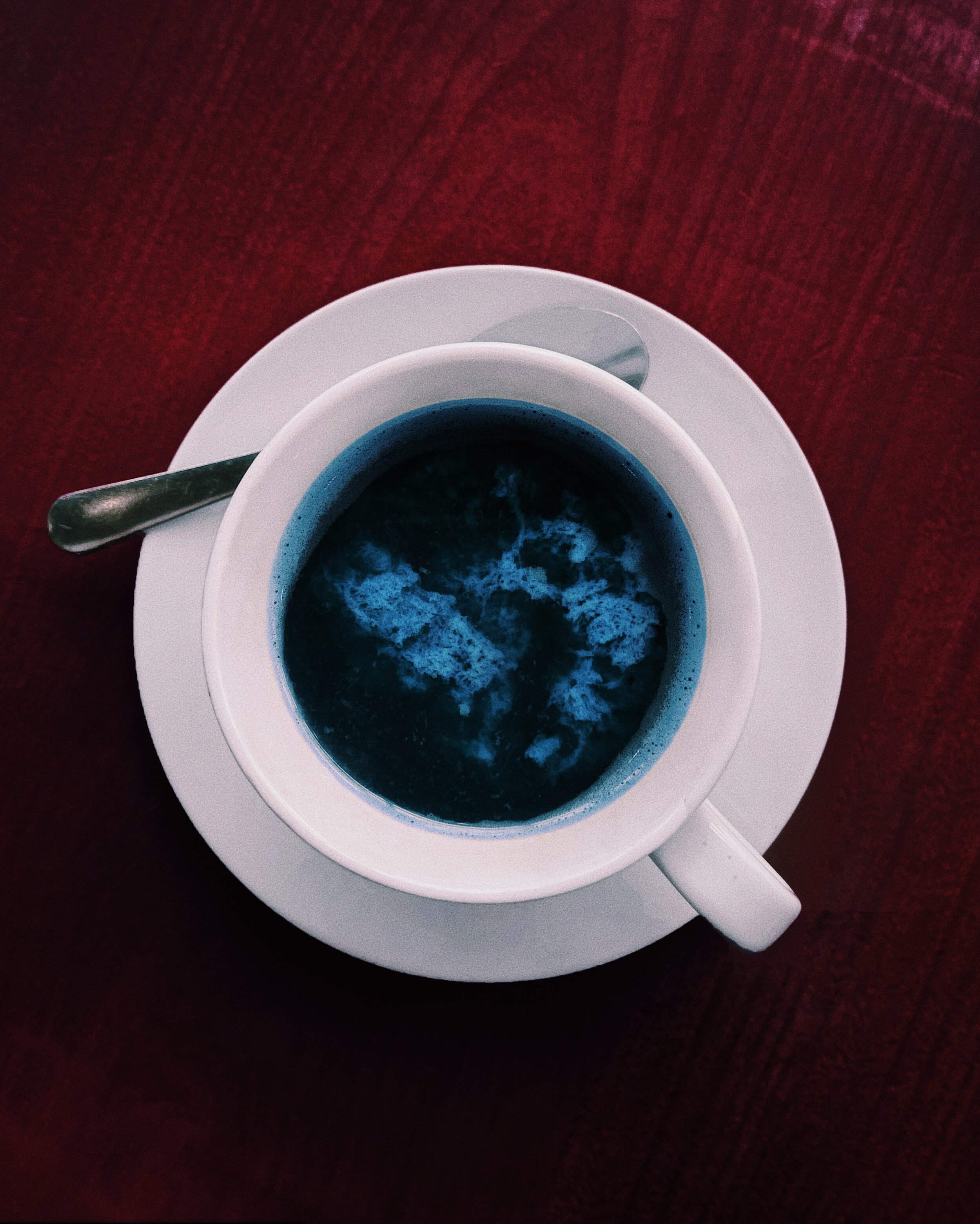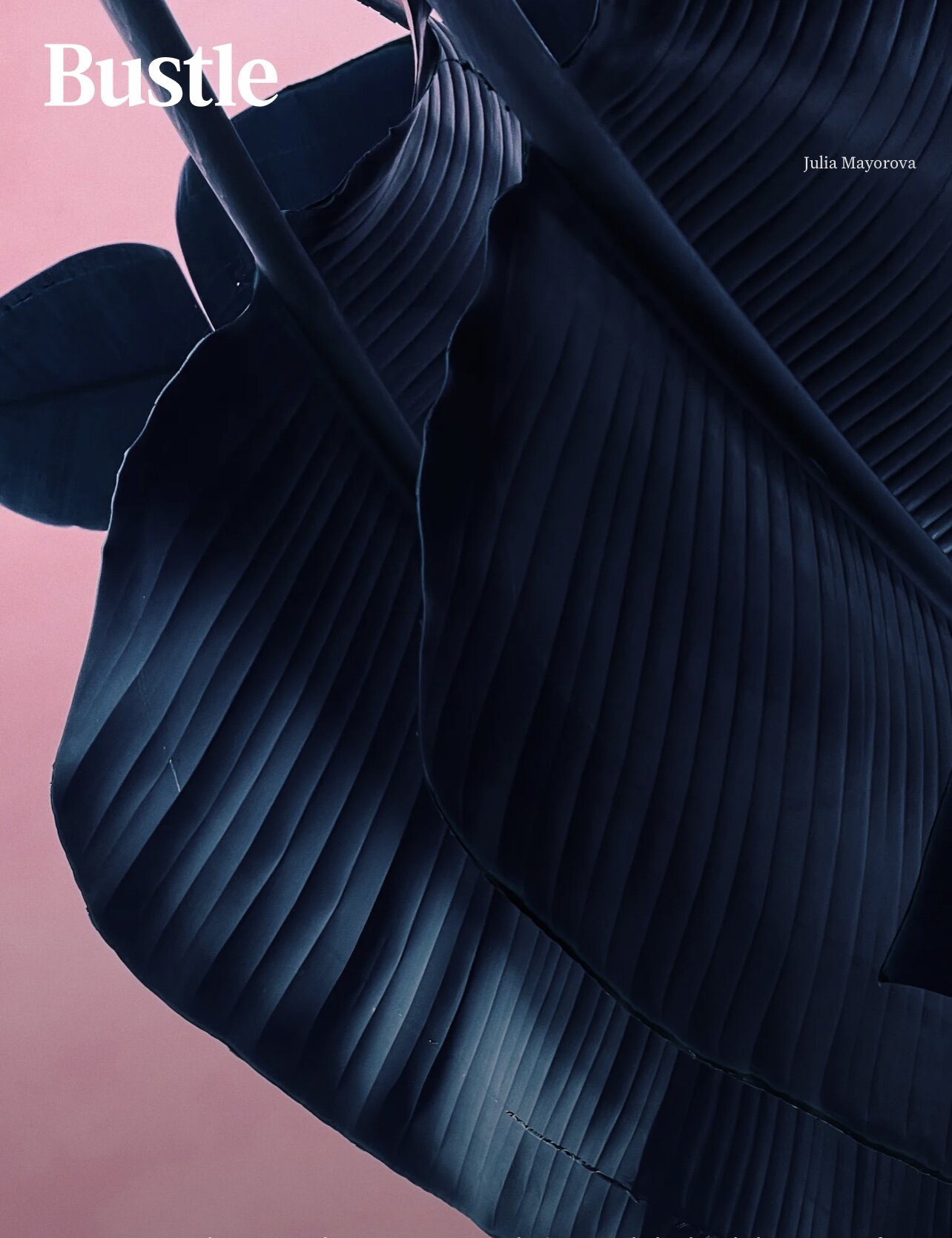Julia Mayorova, photographer
Julia Mayorova is a young Russian photographer who, despite being only 29, has worked with many celebrities, including Nicole Kidman, Jennifer Lopez, Cindy Crawford, Shia LaBeouf, George Clooney, Karlie Kloss, and more. Julia works between Russia and the US and lives between Moscow and Los Angeles. In April of this year, her first big personal exhibition was organised in one of Moscow’s leading museums – the Multimedia Art Museum (MAMM). In our conversation, we tried to find out what her secret is and how to achieve success in this profession in early age.
Tell us about your journey as a photographer. How did you begin and what was the turning point in your career?
I became a photographer 12 years ago when I was studying at the Moscow State University at the Faculty of Journalism. I liked the boy and thought that if I started shooting, too, he would like me right there. It didn't work ... But nevertheless, I quickly started to shoot pretty well and started to work almost immediately. I didn’t earn much but I tried to take all the work that I could get to learn how to shoot well. I searched for jobs where I would be forgiven for mistakes because they understood that I was studying. I photographed social events, then I started working with Interview magazine.
This was an important stage in my career. I am very grateful to them; this magazine has always been open to artists, and here you could express yourself as much as you wanted. There was a very open atmosphere. You could always explain why what you want to do is cool, and you were given the opportunity to do it. From that moment onwards I started communicate with artists and very creative people. I shot their portraits and juxtaposed people with what they are doing. I was 20 years old and it is clear that at that time I had not seen enough. But in the working process, I began to absorb the atmosphere of creativity. Interview magazine helped shape my creator’s vision.
Who would you call your teachers?
I have not studied photography much anywhere. I went to a photography course at the Faculty of Journalism, but I unlearned it for about a year. Working for real projects at such a pace since the beginning has been my real learning curve. I read like a hungry child and studied modern art. For two years I filmed lectures at the Garage Museum and listened to speakers. I also made a video for the Pushkin Museum. Through this work, a number of good connections have been formed with agencies that work with museums and galleries. And, of course, the fact that I was able to immerse myself in this environment gave me a lot.
Shia LaBeouf
How did you get into the stream of big projects? Are these the agencies you started cooperating with, or are you mostly by yourself?
It’s about word of mouth and networks. The more you work - the more you work. You did one job well and people remember it, recommend you to others and invite you to different projects.
What was the turning point when your work moved to a higher level and you started shooting for big brands, famous people?
Moving to the States, I guess. Together with my husband, who is also photographer, we moved to the USA in 2016. During this period, I mainly had commercial orders - shooting for Interview, for other magazines, for example. At that time, however, I was already filming famous people such as John Galliano.
But in America, when we got into a new environment, we began to work even more actively. In addition, we already had successful examples of guys who left Russia and built a career in the US. There was certainly room for improvement in Moscow, but it seemed to us that it could be even more interesting if everything that we would like to achieve in the next 10 years in Russia could also be achieved in the US. And so in 2016 we decided to go to the US for a few months and consider whether or not to go further. As a result, in the first month we applied for a visa and started working. And then…a series of circumstances happened when we got very cool footage out of nowhere.
Some of the circumstances that happened were even, I would say, irrational. And also it became clear that you should not be waiting for an order, but create opportunities yourself, even if you might not get paid for it or if you might not earn very much. But if you are working for yourself you can shoot more freely, hone your vision.
Nicole Kidman
And it seems to me that this is extremely important for young authors. Understand what you yourself like, understand your vision. And in any case, there are people who will appreciate it.
It's better to do what you like and find your audience than try to guess and be in a sense of uncertainty - whether you are doing or not.
You and your husband are two Russian photographers in America. Did you feel any prejudice as a Russian?
Not. But I would say that this is our specific case. It seems to me that if you meet general international standards, you are open and behave freely, then you are accepted everywhere. There are things that are stronger than belonging to a particular nationality: there is some kind of more global community.
George Clooney
You have a very rich experience of communicating with people of different cultures, nationalities and social status. What is important for yourself in communicating with different people?
It is important to understand that all people are people. That they are more alike than not alike. All people want the same thing, and often the same thing infuriates everyone. For example, not keeping the distance, stupidity. It seems to me that ordinary human sensitivity helps in any work, for example, it's nice when something doesn’t have to be explained twice. To be normal, decent, empathetic and to appreciate other people's time is the basis of any good relationship. Respecting each other is very important.
As I understood, now you are in America most of the time. Is communication with Russia important to you now?
To be honest, I love Moscow more than LA. But it is often more efficient to be and work in the US. Now we have found our balance to do cool projects there, and come to Russia to do what is more interesting and appropriate here.
For example?
For example, I shoot more videos in Russia than in the States. These are always more creative projects. For example, in Moscow I am filming an art project about death. It is rather gloomy, gray and sad. At the same time, in the States, I am shooting a project about gender, and, on the contrary, it is very lively and vivid. And it's funny that I easily switch when I change location.
What is the creative process for you in general?
It is all that concerns creativity, not necessarily photography. I like the feeling that you are a little more of a child. It’s a feeling of freedom when you don’t keep track of time. When something new and important is born. This feeling is exclusive. Even if there is no recognition and commercial success, but there is this feeling of joy from being in the process – then you feel everything is right.
What inspires you in life? And, for example, now?
I love the concept of opportunity. I like to think about the fact that we are constantly surrounded by opportunities that sometimes we cannot even recognize, which are woven into our daily life. Sometimes it's a little branch leading to some other big opportunity. I love the feeling that opportunities will never end and you never know where they will lead you. I am inspired by chasing them, and trying to get the most out of it.
Tell us about your creative projects?
I recently did a project for Apple where I had to speculate about how gender influenced photography. I have done predominantly subject shots in gender-colored pinks and blues. The project turned out to be very attractive visually and was well covered in the world press. Most importantly, it was a completely creative project, where I was given maximum freedom of expression.
Julia Mayorova Project for Apple, 2021
How do you live with your husband, being in the same profession?
Very comfortably. We do not overlap very much, because we shoot in different genres. But at the same time, we can use each other's expertise - it's very cool. It's like the power of two people in you! This is actually so useful - many people lack a second glance. Sometimes you need to hear that you are great, that you are doing everything right. It instills confidence.
Do you use Photoshop?
Yes, sometimes I redraw the picture 70% because I want it to be different. But this is also part of the job. It's important for me to get my message across, so why not add what is missing.
I know that you also do performances. Tell us about the project with Dmitry Volkov and Pavel Pepperstein.
Yes, we did the “Freedom of Will” performance in Moscow’s Lenin Library. At night we tried to judge the book, and in the end they shot it. I got there by chance after shooting Dmitry Volkov (Collector, SDV foundation) for Esquire. We got into a conversation and he invited me to participate.
Silence Mode, Multimedia Art Museum (MAMM)
“Silence Mode” at MAMM - this is your first solo exhibition, isn't it?
The first big one. I don’t normally work with any galleries, but last year I exhibited at CUBE.Moscow for the first time as part of the Unloved exhibition, which was curated by Sasha Blanar. There I presented a series of photographs about discarded things. All photos from the exhibition were bought on the very first day.
Unloved exhibition, CUBE.Moscow
What is the experience of this exhibition at MAMM for you?
All this is an invaluable experience for a young artist. I am very grateful to Elena Karisalova, founder of the Still Art Foundation, who sincerely believed in the idea and initiated this exhibition. And of course, the curator of the exhibition, Olga Sviblova. The most amazing experience is to see your work through the eyes of other people, especially such as Olga Lvovna - it is an honor and pride. If I had done the hanging myself, I would have ended up with another exhibition, the final product is always the joint work of the artist and the curator.
What are your plans and dreams for the future? What, perhaps, do you see as your mission?
It would be great not to screw it up anywhere. Not to interfere with other people, for example. I don't wake up thinking about making the world a better place. It seems to me that one happy person who does what he likes and sets an example for other people can be of great benefit. Not necessarily everyone, but you can inspire someone to do something.
“I like to think about the fact that we are constantly surrounded by opportunities that sometimes we cannot even recognize, which are woven into our daily life. Sometimes it’s a little branch leading to some other big opportunity. ”
Julia Mayorova
What advice would you give to young creators?
The most important thing is to dream and to not limit yourself in dreaming. I like to ask people - how do you imagine your life in five years? And people are usually shy.
What is art for you?
When you have an idea and you embody it in one form or another, in any medium - for me this is art. Just nice photos that you thoughtlessly did are not art. There must be a thought or idea, in my opinion. Learning to shoot is very easy now.













